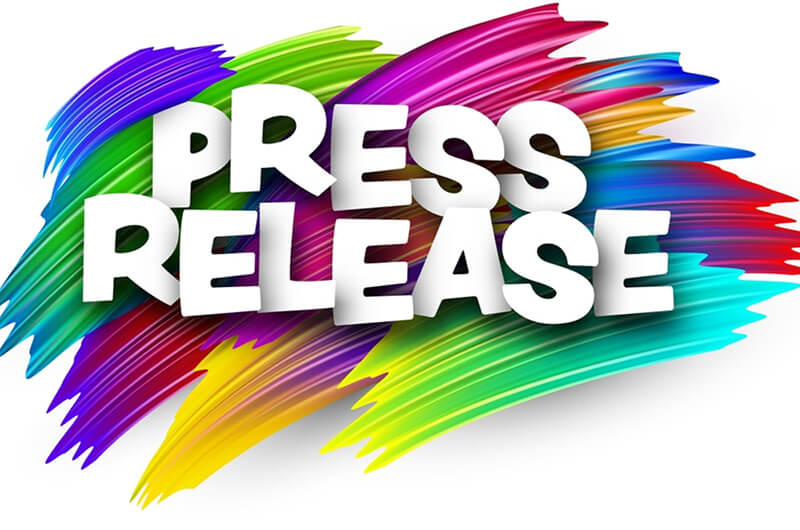- All Plans
- Yahoo Press Release
- Bloomberg Press Release + Yahoo Finance
- Business Insider Press Release
- Benzinga Press Release
- Digital Journal Press Release
- US Times Now Press Release
- AP News Press Release
- Yahoo Finance Press Release
- Street Insider Press Release
- MSN News Press Release
- USA Today Press Release
Umbrellaroof Explores the Pros and Cons of Shingle Roofs


United States, 29th Jun 2024 – Shingle roofs stand as one of the most common and versatile roofing options for homeowners. Understanding their advantages, disadvantages, and common issues is essential for making informed decisions about roofing solutions.
Installing Shingle Roofs
Installing a shingle roof involves several key steps to ensure durability and weather resistance. First, the old roofing materials are removed, and the roof deck is inspected for damage and repaired if necessary. A layer of roofing felt or underlayment is then applied to provide an additional barrier against moisture. Shingles are installed starting from the bottom edge of the roof, overlapping each row to create a watertight seal. Proper alignment and securing of shingles with roofing nails are crucial to prevent wind and water damage. Finally, ridge caps are installed at the roof’s peak to complete the installation and provide extra protection. Regular maintenance and inspections can help extend the lifespan of a shingle roof.
Advantages of Shingle Roofs:
- Cost-Effective: Shingle roofs are often more affordable than other roofing materials, making them a budget-friendly option for homeowners.
- Versatility: Shingles come in a variety of colors, styles, and materials, allowing homeowners to customize their roofs to match their preferences and architectural styles.
- Ease of Installation: Shingle roofs are relatively easy and quick to install, reducing labor costs and installation time compared to other roofing materials.
Disadvantages of Shingle Roofs:
- Durability Concerns: While shingle roofs are durable, they may not withstand extreme weather conditions as well as other roofing materials such as metal or slate.
- Maintenance Requirements: Shingle roofs require regular maintenance to ensure longevity and prevent issues such as moss or algae growth, shingle deterioration, and leaks.
- Limited Lifespan: Shingle roofs typically have a shorter lifespan compared to other roofing materials, requiring replacement every 15-30 years depending on the type of shingles used and environmental factors.
Common Issues with Shingle Roofs and How to Address Them:
- Moss and Algae Growth: Shingle roofs in humid climates are susceptible to moss and algae growth, which can compromise the integrity of the shingles and lead to leaks. Regular cleaning and treatment with moss and algae inhibitors can help prevent growth and prolong the lifespan of the roof.
- Shingle Deterioration: Over time, shingles may deteriorate due to exposure to sunlight, moisture, and temperature fluctuations. Homeowners should inspect the roof regularly for signs of shingle damage such as curling, cracking, or missing shingles, and replace damaged shingles promptly to prevent leaks and water damage.
- Leaks and Water Damage: Shingle roofs are prone to leaks, especially around flashing, vents, and valleys. Regular inspection of these areas and repair of any damaged or deteriorated flashing or seals can prevent water infiltration and subsequent damage to the roof and interior of the home.
Understanding the advantages, disadvantages, and common issues associated with shingle roofs empowers homeowners to make informed decisions about their roofing needs. With proper maintenance and timely repairs, shingle roofs can provide reliable protection and aesthetic appeal for years to come. Trusting companies like Umbrella Roof for expert guidance and comprehensive solutions tailored to shingle roofing needs ensures homeowners make the best choices for their homes.
Media Contact
Organization: Umbrellaroof
Contact Person: Jeremy
Website: https://umbrellaroof.com/
Email: Send Email
Country: United States
Release Id: 29062413733
